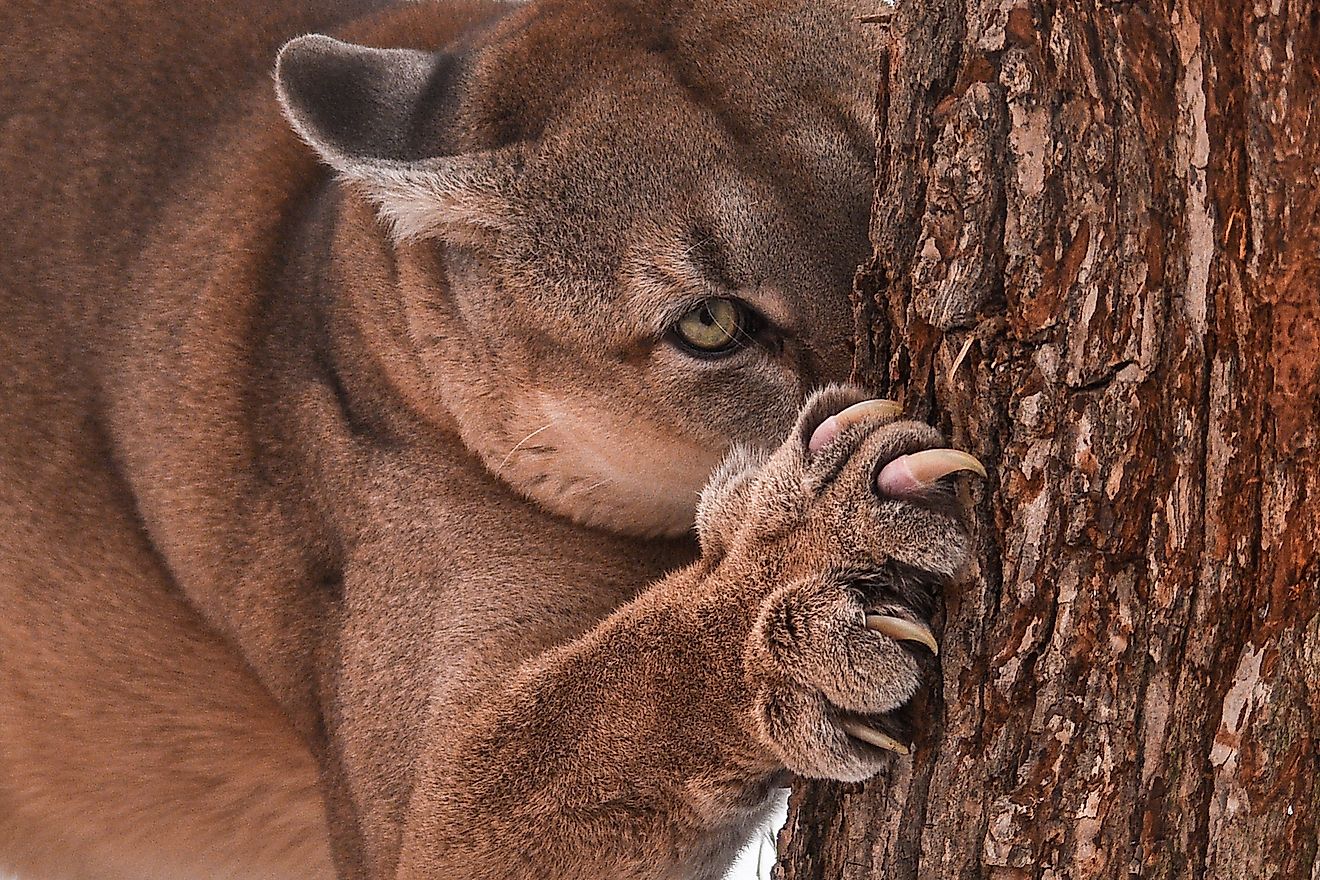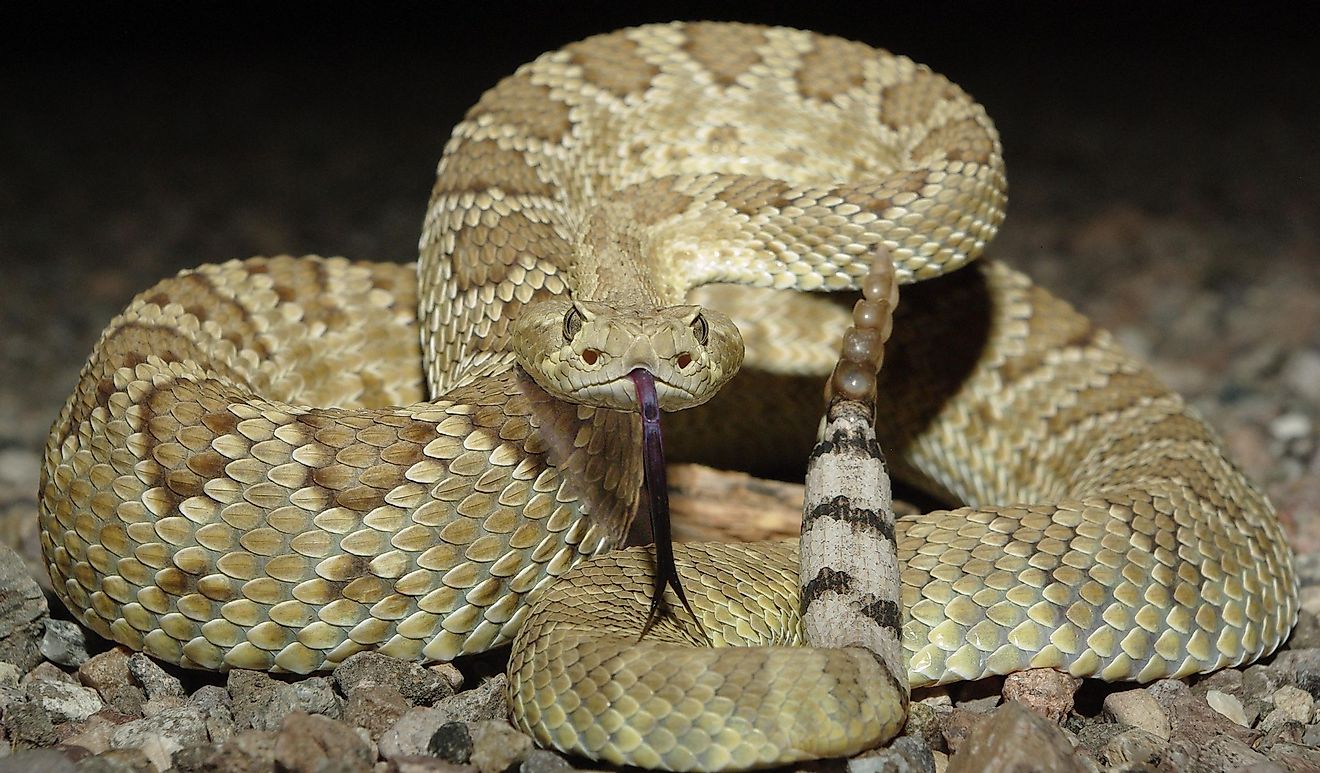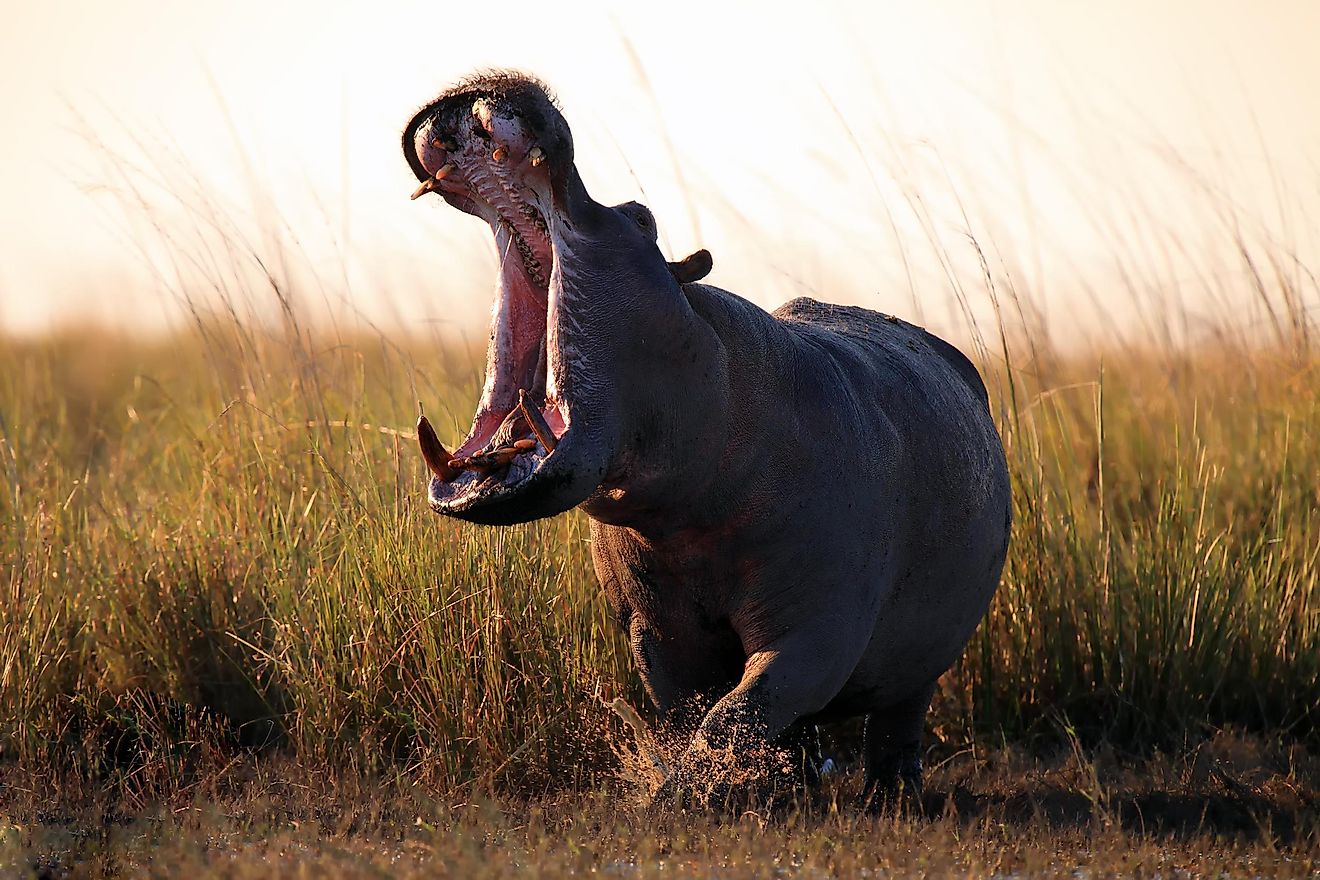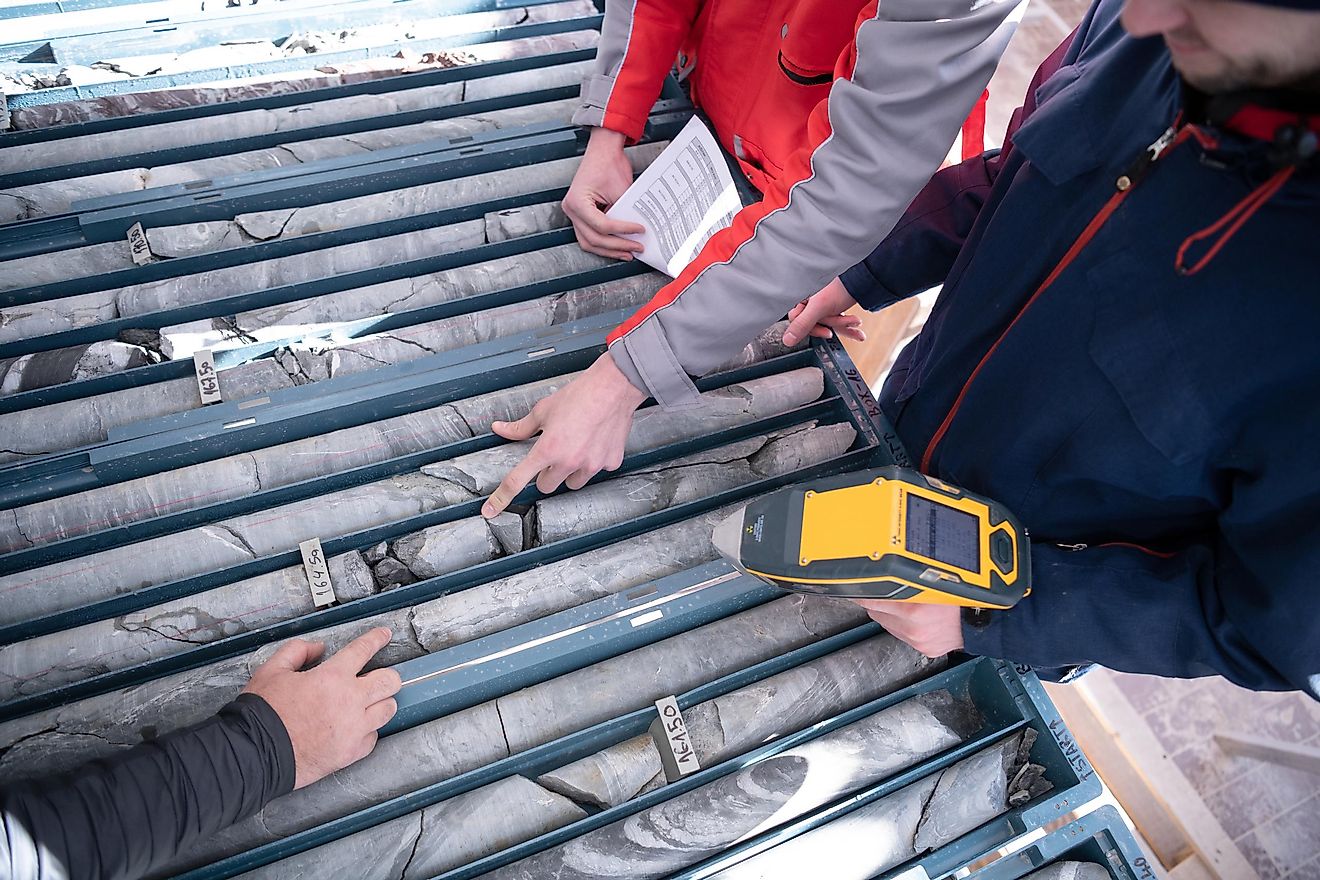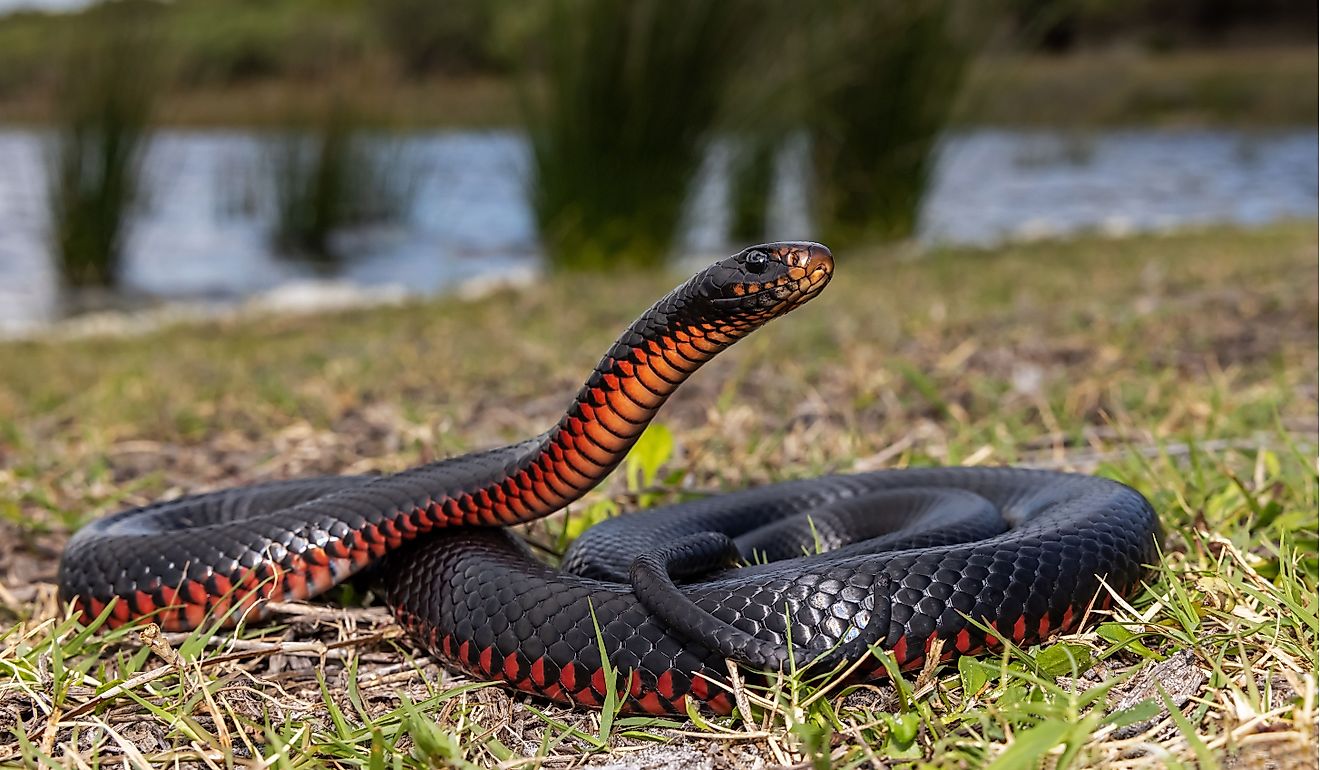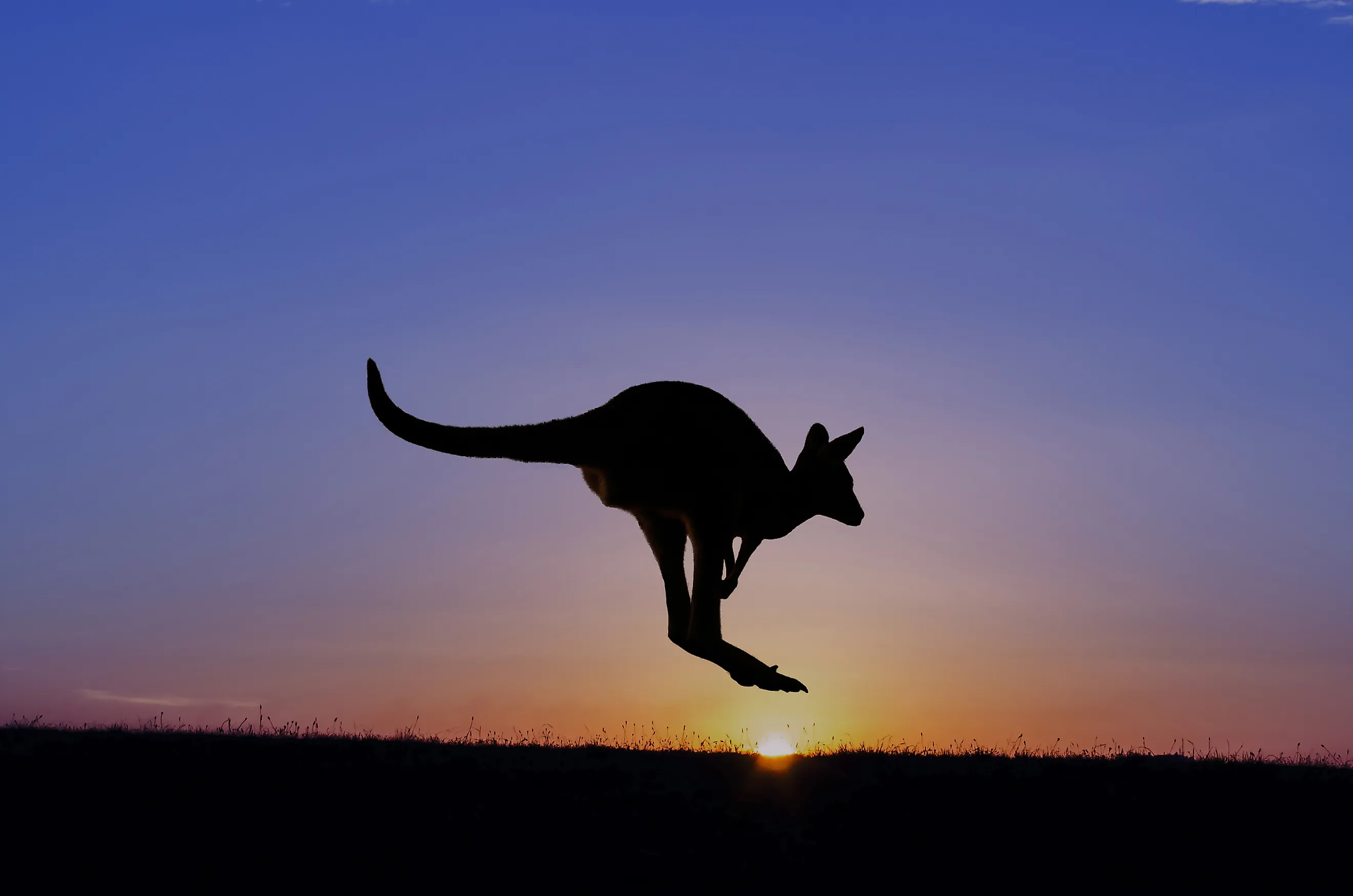
Why a Kangaroo Can’t Hop Without Its Tail
Australia’s red kangaroo can jump 25 feet in a single bound and accelerate to highway speeds on nothing more than two giant legs, or so the animal appears at first glance.
Look closer and you’ll notice that every hop, every slow-motion crawl, and even the most casual nibble of grass is choreographed around a third, often-overlooked limb: the tail.
Far from being a decorative counterweight, the kangaroo’s tail is a muscular, vertebra-packed powerhouse that rivals any of its limbs for sheer mechanical output. Recent research has revealed that without this “fifth leg,” a kangaroo couldn’t hop, lope or even stroll efficiently. Understanding why illuminates not only the physics of hopping but the evolutionary ingenuity that shaped one of the planet’s most recognizable animals.
A Locomotor Oddity
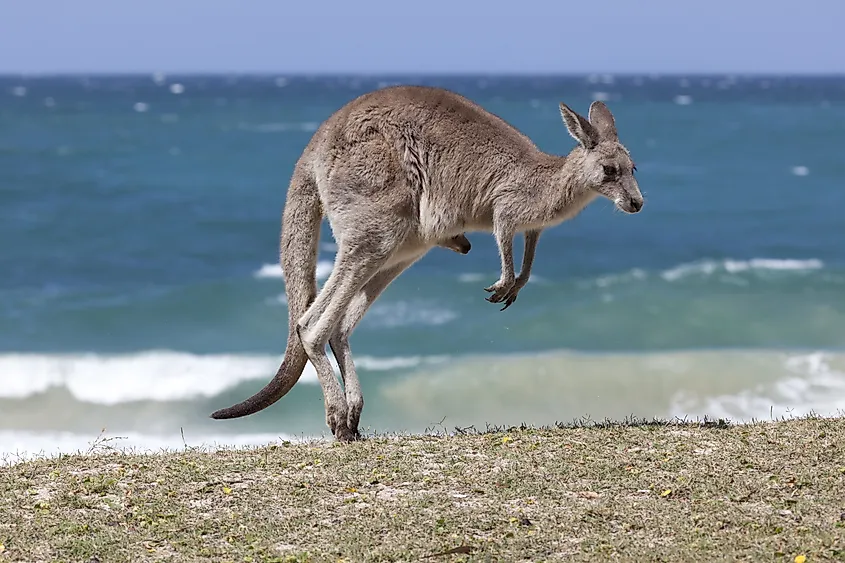
Most land mammals move in familiar gaits (walk, trot, gallop) by rhythmically cycling four limbs. Kangaroos abandoned that blueprint long ago.
At high speeds they rely on a bipedal hop in which the hind legs strike the ground together, catapulting the animal forward in long aerial phases. At a leisurely pace they switch to a pentapedal crawl: forelimbs down first, tail planted like a pogo stick, hind legs swung forward, then weight transferred back to the feet. Because both modes place unique demands on stability and propulsion, biologists long suspected the oversized tail did more than keep the animal from tipping over, but exactly how much more was unclear.
Measuring a “Third Leg”
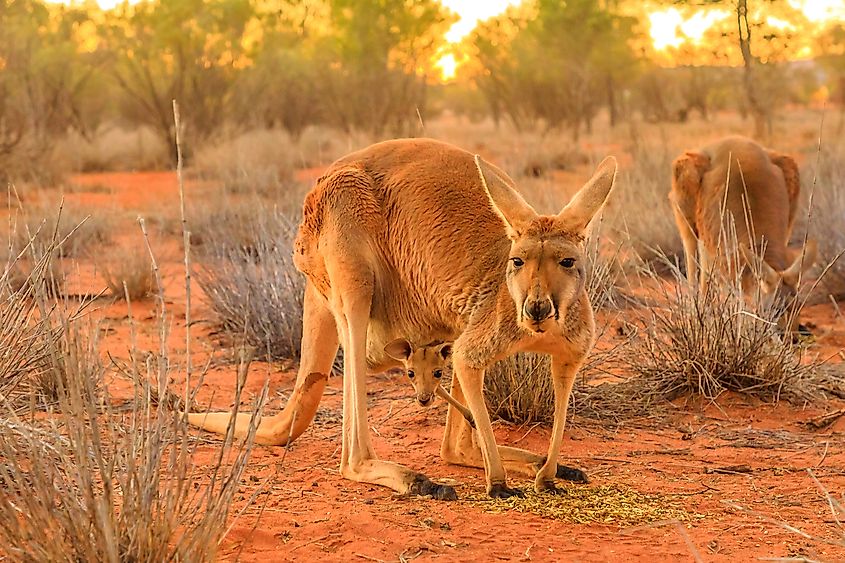
The breakthrough came in 2014, when a collaboration among scientists from Australia, Canada and the United States taught five red kangaroos to walk across a runway embedded with force plates, essentially high-precision scales that record how hard each limb pushes against the ground.
To their surprise, the plates showed the tail exerting as much propulsive force as the fore- and hind limbs combined during the slow pentapedal gait. As University of New South Wales researcher Terence Dawson put it, “We didn’t know the kangaroos were using the tail as a third leg. Without that, the tail wouldn’t need to be so strong.”
Anatomically, the discovery makes sense. A red kangaroo’s tail contains more than 20 robust vertebrae, wrapped in muscles comparable in cross-section to the human thigh. Those muscles generate what engineers call positive mechanical work, force that actually moves the body, rather than merely supporting its weight. In other words, the tail isn’t just a kickstand; it is a full-fledged limb that pushes the animal forward every time it is planted.
Powering the Hop
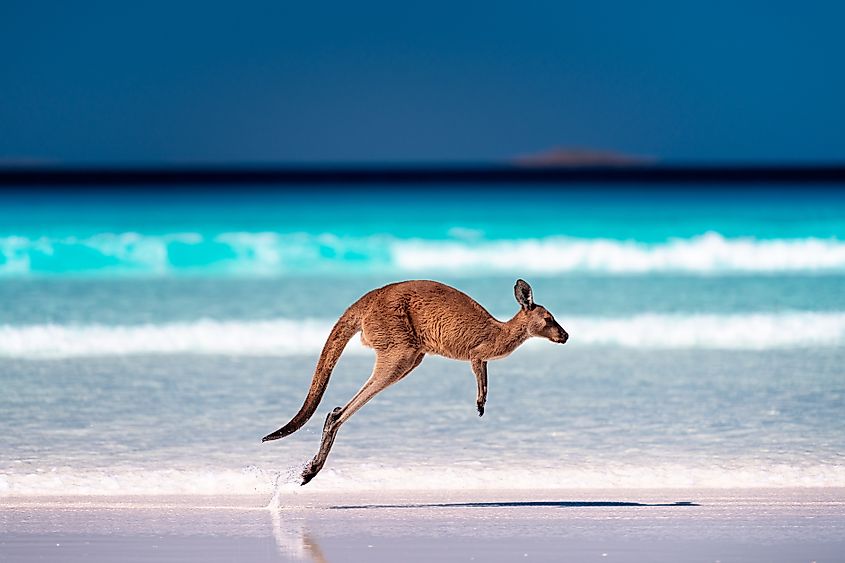
But pentapedal crawling is only half the story. The same musculature that drives a slow walk also primes the kangaroo for its signature hop. At speed, the tail no longer presses against the earth; it is lifted high and arched forward, acting as an active gyroscope that prevents the animal’s long torso from pitching nose-down during flight. Try hopping on your own two legs while holding a broomstick behind you, then try again without it: you will feel how the swinging mass helps control rotation. For a 200-pound male kangaroo, the effect is magnified by orders of magnitude.
More subtly, the tail’s storage of elastic energy contributes to the hop itself. As the hind feet leave the ground, momentum in the raised tail stores rotational energy that can be redirected into the next landing-push sequence, smoothing transitions and reducing the metabolic cost of rapid locomotion. The result is the kangaroo’s famous paradox: the faster it goes, the less energy it spends per meter traveled compared with many quadrupeds of similar mass.
Evolution’s Multifunctional Masterpiece
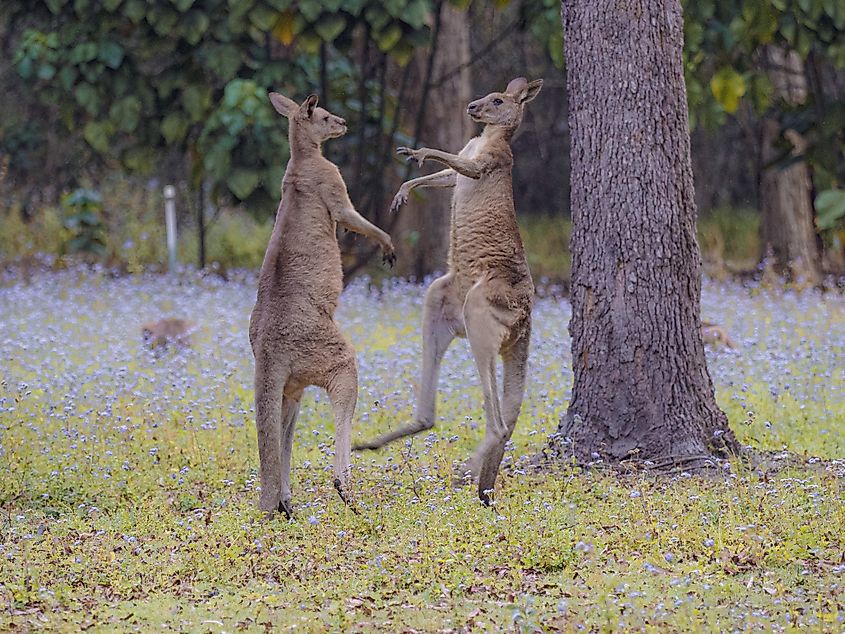
Why invest so much biology in a super-tail? One answer lies in feeding ecology. Kangaroos are bulk grazers that spend hours each day heads-down on short grass. The pentapedal gait made possible by a strong tail lets them creep forward while the forelimbs remain low, scooping vegetation much like a person pushing forward on a skateboard with one leg. Freeing the hands from propulsion presumably allowed early macropods to forage more efficiently on the sparsely irrigated Australian plains.
There are bonus uses as well. During frequent male-male bouts, rivals rear back and balance entirely on their tails, lashing out with double-footed kicks. The same vertebral column that vaults a kangaroo across the outback also functions as a sturdy tripod for combat. Evolution rarely builds single-purpose parts; the kangaroo tail is a living proof of that rule.
What Happens Without the Tail?
Imagining a tail-less kangaroo is not merely academic. Computer models that strip away the tail’s contribution suggest three intertwined failures:
-
Loss of Propulsion at Low Speed: Without the tail’s ground force, each slow crawl would require the diminutive forelimbs to supply extra push they simply can’t deliver. The animal would stall between hops, burning energy just to stay upright.
-
Compromised Balance at High Speed: A hop generates enormous forward angular momentum. If the counter-swing of the tail were absent, the torso’s center of mass would arc downward, driving the snout into the earth, or forcing the hind legs to shorten stride, erasing the hop’s efficiency advantage.
-
Greater Metabolic Cost Across the Board: Studies of mechanical work show the tail does almost no negative work, it rarely absorbs energy; it mostly produces it. Removing that engine would redirect loads to muscles less suited for continuous positive work, pushing the animal’s oxygen demands through the roof.
In short, a kangaroo minus its tail would be a large, plant-eating mammal trapped in an awkward halfway world: inefficient as a biped, laughably unstable as a quadruped, and doomed to outburn its calorie intake in the arid interior where every joule counts.
What began as a curiosity about an outsize appendage has resolved into a textbook example of evolutionary innovation. The kangaroo’s tail is not an afterthought or a mere balancing pole—it is a third leg during cautious strolls, a gyroscopic boom during breakneck hops, a combat crutch in dominance battles, and an energy-saving battery in a land where food is often scarce. Break any one of those functions and the animal might survive; remove them all and the defining hop collapses. That is why no kangaroo, past or present, can truly hop without its tail—and why the simplest sketch of Australia’s emblem must always include that mighty, tapering fifth limb.
